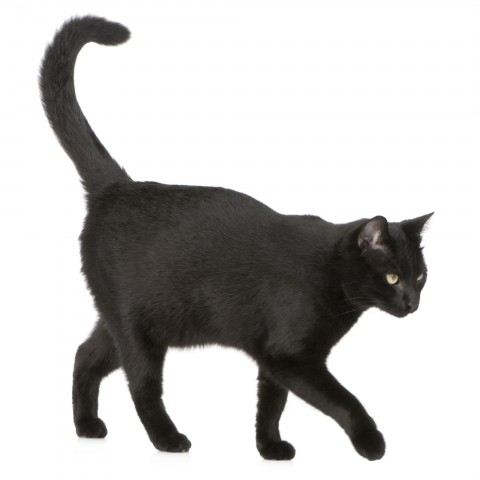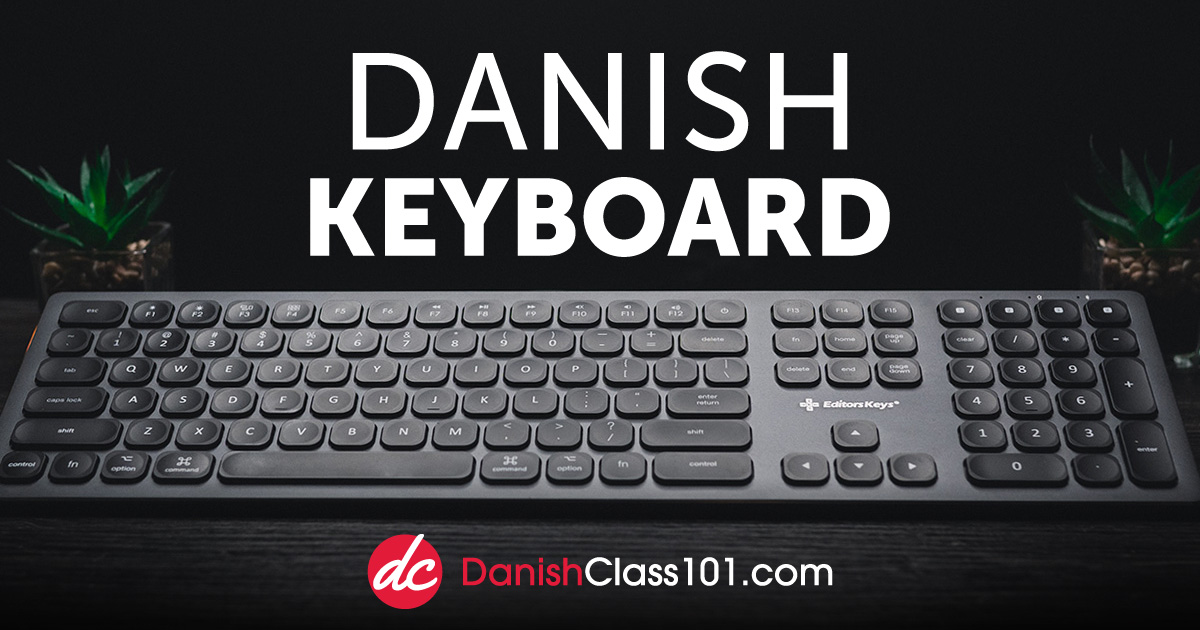Carnival is a Christian holiday that’s celebrated in numerous countries, so it should come as no surprise that Denmark—a nation with a roughly 75% Christian population and a long history of spirituality—observes it, too.
Called Fastelavn in Denmark, this holiday shares many things in common with Carnival celebrations in other countries as well as Western Halloween traditions. But there are some…fascinating…components of the Danish version that may surprise you!
Are you ready to delve into this fun holiday and pick up some new Danish vocabulary?

1. What is Fastelavn?

Fastelavn is the Danish version of the traditionally Catholic holiday of Carnival. It takes place seven weeks prior to Easter and, while not a public holiday, is widely celebrated throughout the country. The Danish Fastelavn has less of a religious connotation than Carnival traditions in other countries do, with a greater focus on festivities and fun.
Fastelavn History
The Christian Carnival holiday began in the Middle Ages, though it likely stemmed from pagan traditions. Denmark was likely introduced to this holiday via immigrants and missionaries, and over time, adapted the holiday to suit its Lutheran Christian religiosity (which was adopted in 1536).
In many nations, Carnival began as a way to both indulge before the forty-day Lenten fasting season and to use up any perishable food items. This is why the heavy consumption of pastries is so popular on Carnival—these sweet treats were traditionally made in order to make use of ingredients like butter and eggs that would otherwise have gone bad.
- → If you would like to learn the names of different religions in Danish, then head over to our Religion vocabulary list!
2. When is Fastelavn in Denmark?
Because the Fastelavn date is determined by the dates of Easter and Lent, it varies from year to year. Here are the holiday dates for the next ten years.
- 2021: February 14
- 2022: February 27
- 2023: February 19
- 2024: February 11
- 2025: March 2
- 2026: February 15
- 2027: February 7
- 2028: February 27
- 2029: February 11
- 2030: March 3
3. Fastelavn Traditions & Festivities

Oftentimes, Fastelavn is compared to Halloween—and for good reasons! This holiday is primarily geared toward children, who dress up in costumes and ask their neighbors for sweets or money. If the words “Trick or Treat” mean anything to you, then you’ll resonate with the Danish tradition of singing the Fastelavn song Candy or Trouble (Slik Eller Ballade). Dressed in the forklædning (disguise) of their choice, the children sing this song as a playful warning that they’ll cause trouble if they don’t receive sweets! (Talk about hangry…)
Popular Fastelavn costumes include a fe (fairy), princesse (princess), superhelt (superhero), or other eventyrfigur (fairytale character).
On the morning of Fastelavn, a common tradition among children is to make a Fastelavnsris (Carnival whip) using twigs or branches, and to decorate it with things like feathers or eggshells. With the Fastelavnsris, they whip or “flog” their parents awake—sort of like children in the U.S. waking their parents up on Christmas morning, right? This sets the tone for the day!
In a fashion similar to hitting a piñata, children beat a barrel full of candy. Children take turns hitting the barrel, and two winners are named: the kattedronning (cat queen) who causes all of the candy to spill out and the kattekonge (cat king) who finishes completely breaking open the barrel.
Because the Carnival holiday is traditionally associated with the Lenten fast as well as wintertime food scarcity, food is a major part of this holiday. The most popular Fastelavn food is Shrovetide buns, which are a sweet pastry containing some type of frosting or glaze on top and a delicious cream or jam filling in the middle. These Fastelavn buns can also be sprinkled with confectioners sugar or have additional sweet toppings. Many bakeries even give customers the option to customize their own Shrovetide bun based on their personal preferences.
- → Have we given you a sweet tooth? Then head over to our Culture Class lesson on Sweets and Desserts!
4. About the Cat…

You may be wondering why the children who break the Carnival barrel and spill the candy are called the “cat king” and “cat queen.” What do cats have to do with Fastelavn or candy, for that matter?
If you’re familiar with Halloween, you’ll know that many people are wary of spotting a sort kat (black cat) on this day. But even still, you may be surprised to hear about the following Fastelavn tradition, which was quite popular in the past.
Traditionally, the Fastelavn barrel contained an actual black cat, which was either beaten to death upon the barrel breaking open or allowed to skimper off. But don’t worry! This morbid tradition has come to an end, kept alive only through the use of black cat stickers on barrels.
- → Are you an animal-lover? Then you can hop over to our Animal Names vocabulary list to learn how to talk about your favorite animals!
5. Useful Vocabulary for Fastelavn in Denmark

Here are some useful words and phrases associated with Carnival in Denmark:
- Fastelavn (Carnival) – proper noun
- Fastelavnsbolle (Carnival bun) – common noun
- Fastelavnsris (Carnival whip) – neuter noun
- Forklædning (Disguise) – common noun
- Fe (Fairy) – common noun
- Princesse (Princess) – common noun
- Superhelt (Superhero) – common noun
- Eventyrfigur (Fairytale character) – common noun
- Kattekonge (Cat king) – common noun
- Kattedronning (Cat queen) – common noun
- Fastelavnstønde (Carnival barrel) – common noun
- Rasle (Rattle) – verb
- Ringridning (Tilting) – common noun
- Fastelavnssoldater (Carnival soldiers) – common noun
- Sort kat (Black cat) – proper noun
If you want to practice your pronunciation, make sure to visit our Carnival vocabulary list, where you can hear recorded audio pronunciations of each word.
Final Thoughts
As you can see, Fastelavn is a fun holiday for children and adults alike. From adorable costumes to tasty treats, there’s really something for everyone. Do you celebrate Carnival in your country, or maybe a similar holiday? Tell us about it in the comments!
If you would like to learn more about Danish culture and holidays, we highly recommend the following pages on DanishClass101.com:
- Luciadag: St. Lucy’s Day in Denmark
- Helligtrekongersdag: The Feast of Epiphany in Denmark
- How to Celebrate the Easter Holiday in Denmark
- Sankthansaften: Celebrating St. John’s Eve in Denmark
- Essential Vocabulary for Life Events in Danish
This barely scratches the surface of what DanishClass101 has to offer our students! From themed vocabulary lists to audio and video lessons on a range of topics, there’s something for every learner at every level to enjoy. It’s our goal to help you become a confident Danish speaker with the cultural knowledge you need to make the most of your newfound language skills.
Until next time, happy learning. If you can, enjoy a Shrovetide bun for us! 😉










